Select language
IELTS Test Overview
(20 mins)
The IELTS examination is a language proficiency test designed to assess your Listening, Reading, Writing and Speaking skills in English.
The full IELTS test is made up of:
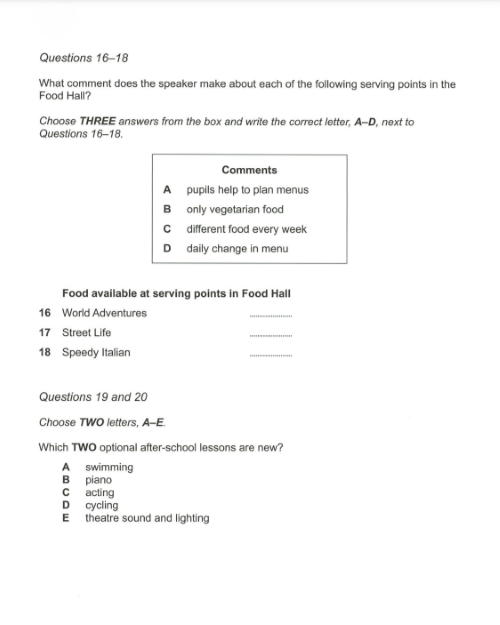
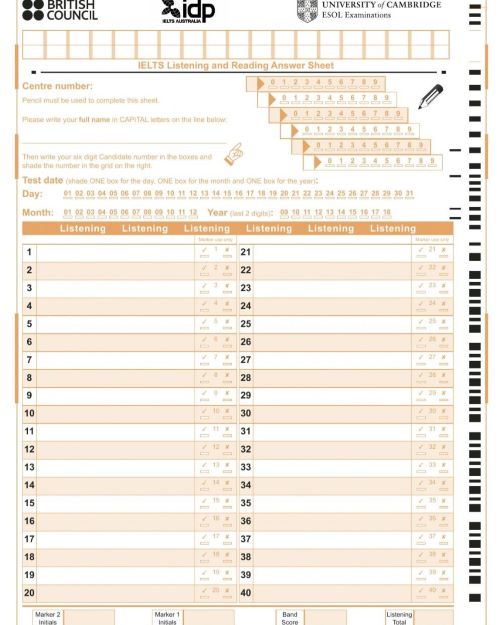
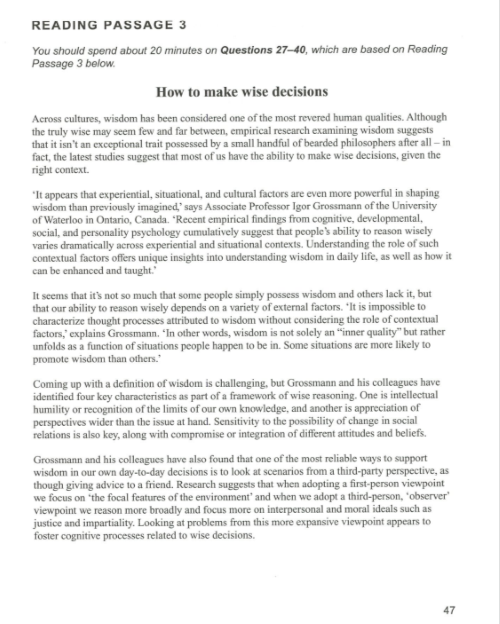
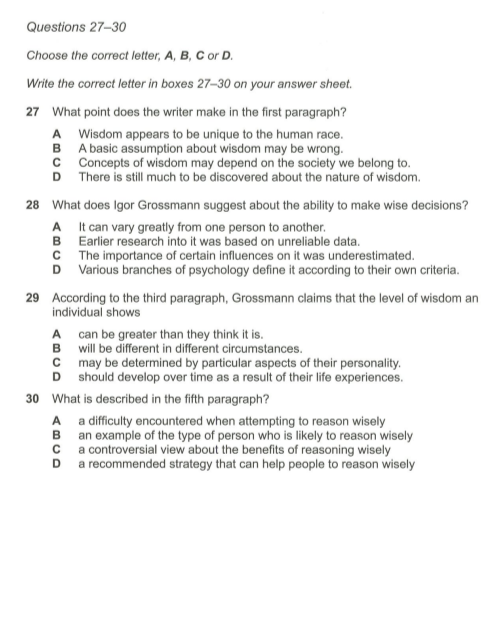
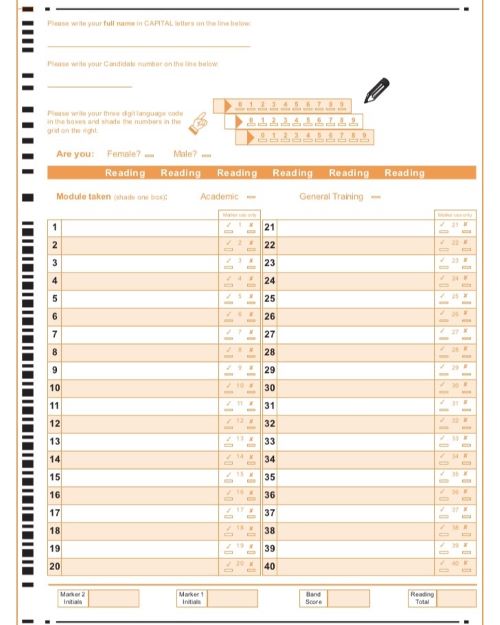

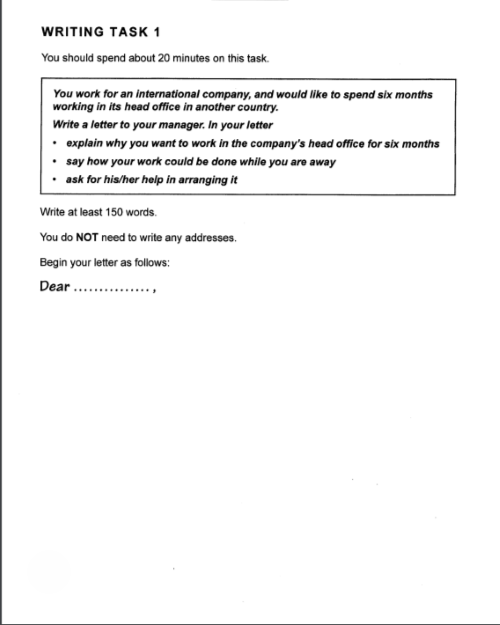
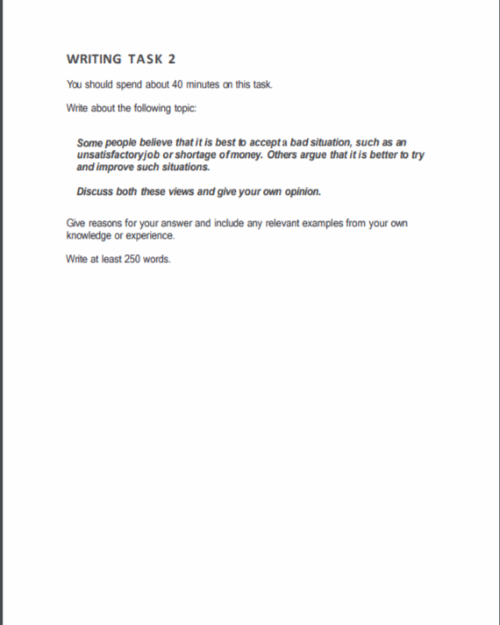
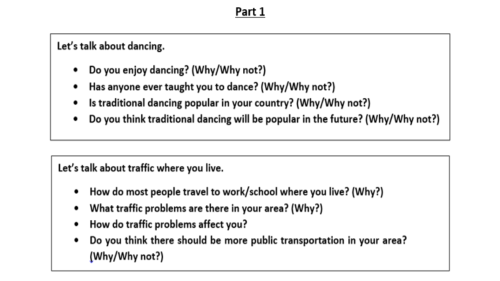
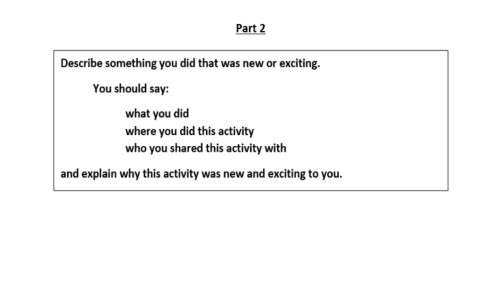
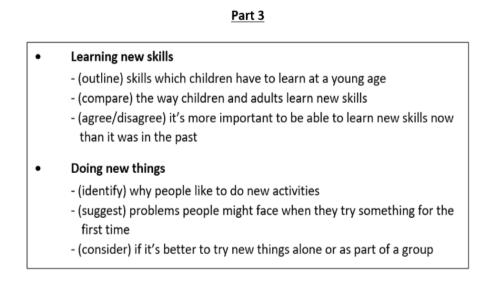
The content covered in the Reading Test and Writing Test of the IELTS General Training (GT) and IELTS Academic (Ac) test is different: the General Training test materials are focused on topics of general interest, whereas the topics covered in the Academic test are more oriented towards professional work and study.
The content of the Listening Test and Speaking Test is the same for both tests.
The Listening Test and Reading Test are marked by qualified IELTS administrators who manually score your answer sheet out of 40 (1 mark for each correct answer). Your score is then converted to a band on the IELTS 9-band scale. You can be awarded a full or half-band score, just as in the speaking and writing tests.
The scoring system varies to a small degree with each IELTS test, but broadly speaking, you need to score at least 23/40 for a Band 6 in the Listening and Reading Test, and at least 30/40 for a Band 7 award.
The Speaking and Writing elements of the IELTS test are graded by qualified IELTS examiners using the official IELTS Speaking and Writing Assessment Rubrics. The assessment rubrics allow the examiner to numerically rate your language competency according to a fixed, pre-specified list of descriptors.
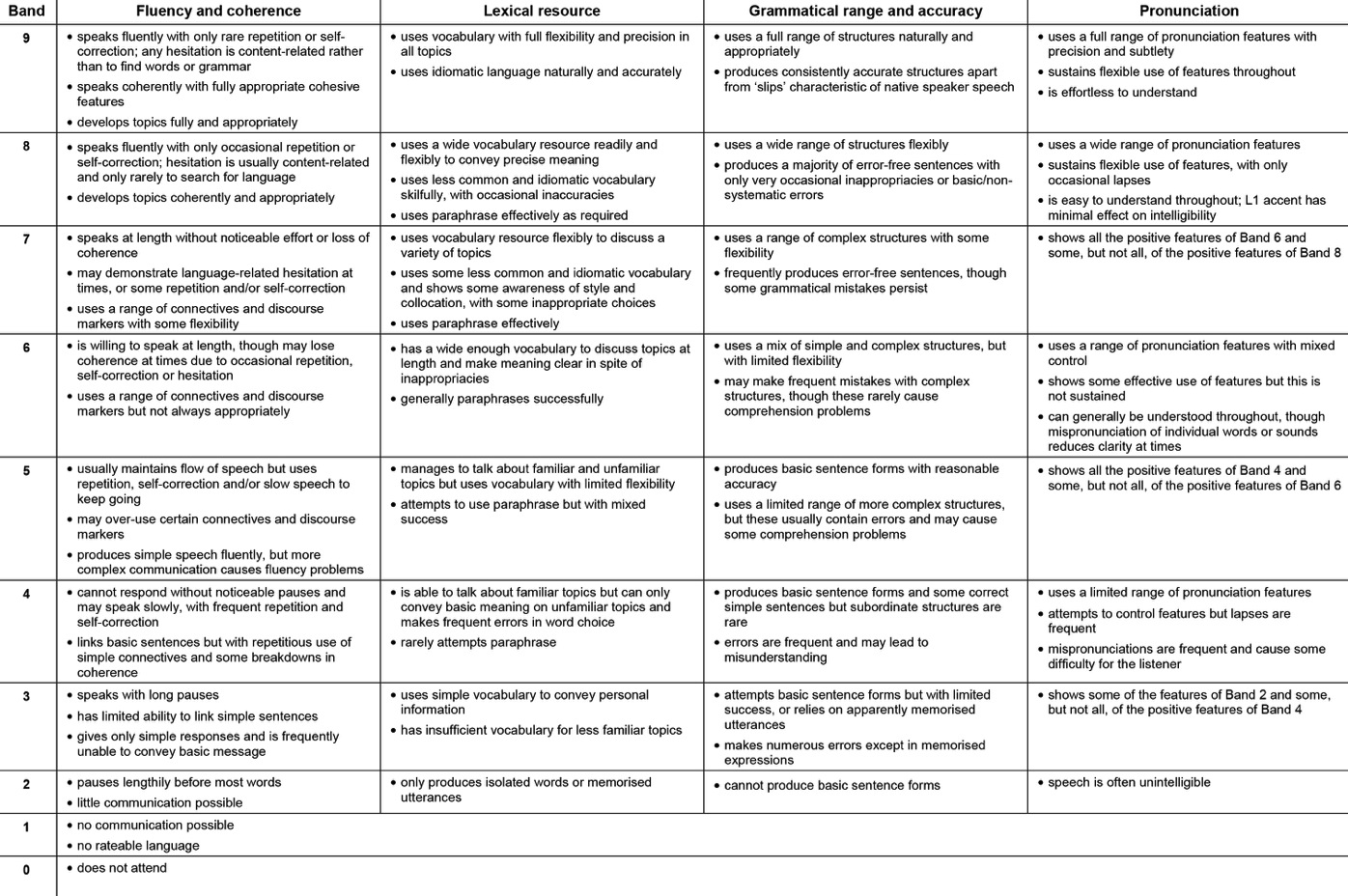
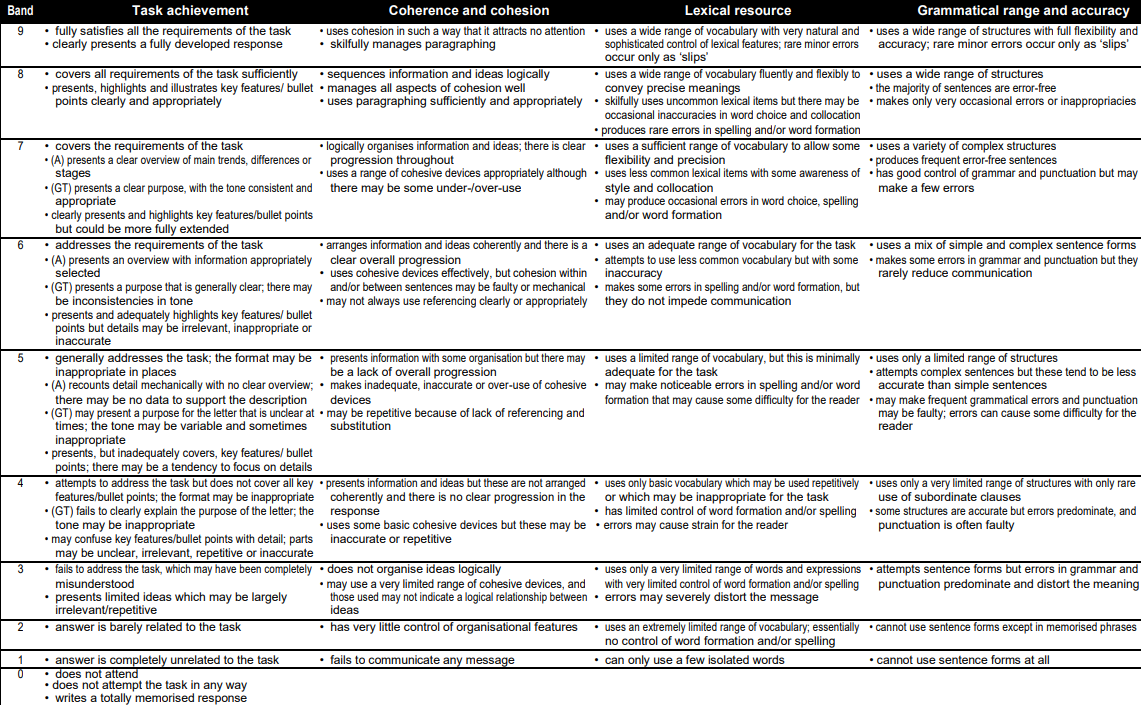
The descriptive statements summarising a candidate's language ability for IELTS Band scores 4 - 9 are shown in the table below.

If you are going to achieve your target band score, it is essential that you are familiar with the specific descriptors which constitute the assessment criteria for each part of the IELTS test. You can then focus on and improve each skill until you are confident and ready to sit the test.
Over the course of the following 12 lessons you will be introduced to the content and assessment descriptors for the four parts of the IELTS test, and complete practice exercises to demonstrate and reinforce the skills you need on your journey to IELTS success.
End of Lesson 00


